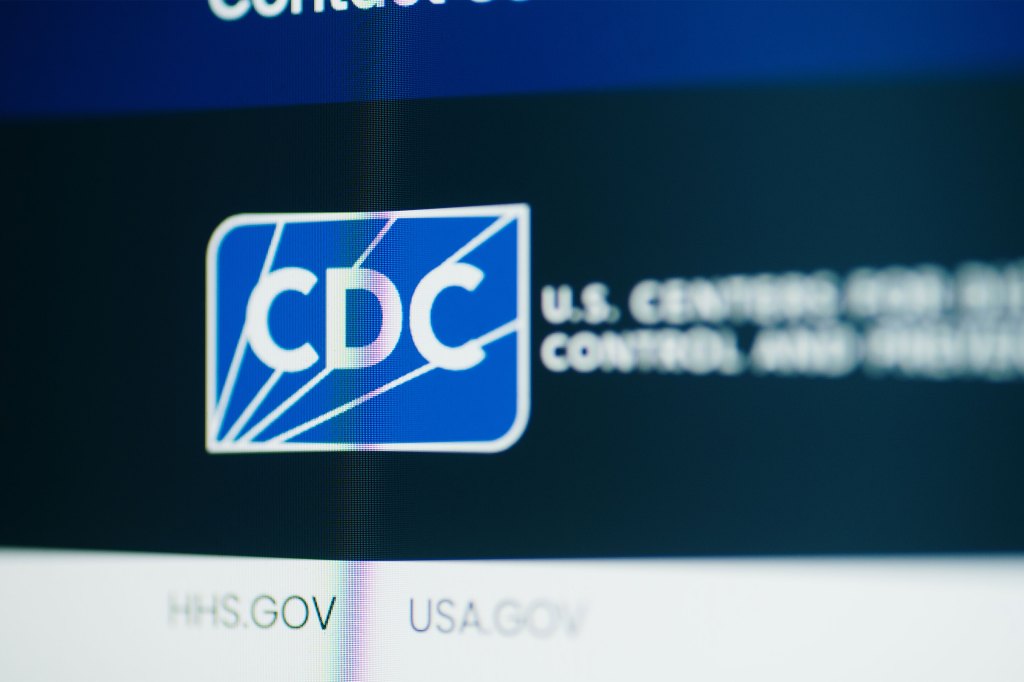How does a hospital’s participation in a health plan’s Medicare Advantage (MA) provider network impact their commercial rates? Since many insurers offer both MA plans and commercial plans, there could be spillovers with respect to negotiating. How would MA network participation impact commercial rates? Marr et al. (2025) offers some hypotheses:
On the one hand, it is possible that hospitals demand higher commercial prices in order to accept the insurers’ MA patients at the TM [traditional Medicare] rate. On the other hand, it is possible that the insurer will only allow the hospital into their MA network in exchange for a discount on their commercial prices. Past qualitative interviews with insurance and hospital executives suggest that insurers that participate in both MA and commercial markets are willing to pay higher commercial prices to offset lower MA rates.
Marr and co-authors aim to answer this question quantitatively. They use data from (i) Turquoise Health on hospital prices, (ii) Clarivate’s Interstudy enrollment data (from the national census of insurers) to examine Medicare Advantage, commercial, and Medicaid insurance coverage by plan by geographic area, and (iii) AHA survey data on hospital characteristics. Hospital markets were formed at the hospital referral region (HRR) level. The authors limit the analysis to 7 large insurers (Aetna, Elevance (formerly Anthem), Blue Cross Blue Shield, Centene, Cigna, Humana, and UnitedHealthcare) to allow for within insurer variation across markets. The authors focus on prices for DRG 470 (major joint replacement), which termed a “sentinel service, as well as 4 “shoppable” services: DRG 16 (major cardiothoracic procedure), 460(spinal fusion), 473 (cervical spinal fusion), and 743 (uterine and adnexal procedures).
Using this approach, the authors find that:
…insurers pay, on average, a 4.7% price markup on commercial prices when hospitals are in their MA network. For major joint replacements, the average adjusted negotiated commercial price in our sample was $28,889.91 when the insurer did not have the hospital in its MA network but $30,249.16 when it did
The results varied only modestly across the DRGs with all commercial prices being higher when a hospital was in an insurers MA plan network.
Additional Background
How do prices differ across traditional Medicare (TM), Medicare Advantage (MA) and commercial insurance? Traditional Medicare provide reimbursement rates are all administratively set. For MA and commercial reimbursement, however, there are differences:
MA prices tend to be very close to traditional Medicare’s (TM) administratively set prices with little variation. This is in sharp contrast to the commercial market, where prices are considerably higher and more variable. The close adherence of MA prices to TM rates may be due to the use of the TM rates as the out-of-network price cap in MA, the competitive pressure exerted by the presence of TM, and/or norms that all Medicare rates should reflect the administratively set prices.
You can read the full paper here.







